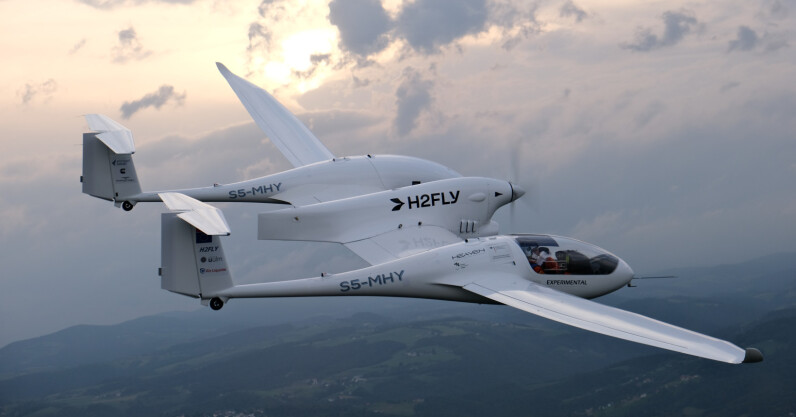French antitrust authorities raid Nvidia’s local offices
Bolstered by the demand for advanced chips for generative AI, Nvidia has had a terrific run of it of late. However, employees at its offices in France were in for a bit of an abrupt awakening on Wednesday as the country’s anticompetition authorities raided the company’s local offices in the early hours of the morning.
“Following authorisation from a liberty and custody judge, the investigation services of the Autorité de la concurrence carried out a dawn raid at the premises of a company suspected of having implemented anticompetitive practices in the graphics cards sector,” a statement issued by the French authority reads.
Meanwhile, the body took the time to note that such raids did not presuppose and existing law violation and that any such occurrence could only be established by a “full investigation.”
The French anti-competition watchdog did not mention Nvidia by name. However, people familiar with the matter confirmed to the Wall Street Journal, who first reported the raid, that the “graphics card sector” company was indeed the California-based tech giant. Nvidia has declined to comment on the event.

The <3 of EU tech
The latest rumblings from the EU tech scene, a story from our wise ol’ founder Boris, and some questionable AI art. It’s free, every week, in your inbox. Sign up now!
Nvidia has made a name for itself making highly sophisticated graphic processing units — GPUs. These are specialised hardware designed for parallel processing. They excel at tasks like graphics rendering, scientific simulations, and machine learning (as opposed to general-purpose chips such as CPUs that are optimised for sequential processing and don’t support advanced deep learning).
On track for 90% of the market?
These features make Nvidia chips highly suitable — and coveted — for developing advanced AI models. Just this week, two major French companies in cloud services and telecom announced they would acquire Nvidia’s powerful H100 chips. Indeed, with the Autorité de la concurrence stating that the raid was part of a wider investigation into competition practices in the cloud computing sector, this may indeed have been what prompted the unannounced “visit.”
Meanwhile, even countries such as Saudi Arabia and the UAE, have rushed to secure Nvidia chips to power their AI ambitions. The recent boom in generative AI saw the company shoot up to a valuation of $1 trillion earlier this year, after it projected a 64% jump in quarterly revenue.
While not building any of its chips itself (it employs TSMC’s megafab in geopolitically vulnerable Taiwan for that), according to the New York Times, Nvidia currently accounts for more than 70% of AI chip sales. However, according to the WSJ, analysts predict that the company could cover as much as 90% of the market as it introduces more and more powerful chips going forward.
Unless, of course, France and the Autorité de la concurrence will have something to say about it. The EU is no stranger when it comes to regulating the competition practices of big tech. It is likely we could hear more in regards to the chipmaker’s dealings with authorities within the bloc going forward.
French antitrust authorities raid Nvidia’s local offices Read More »





